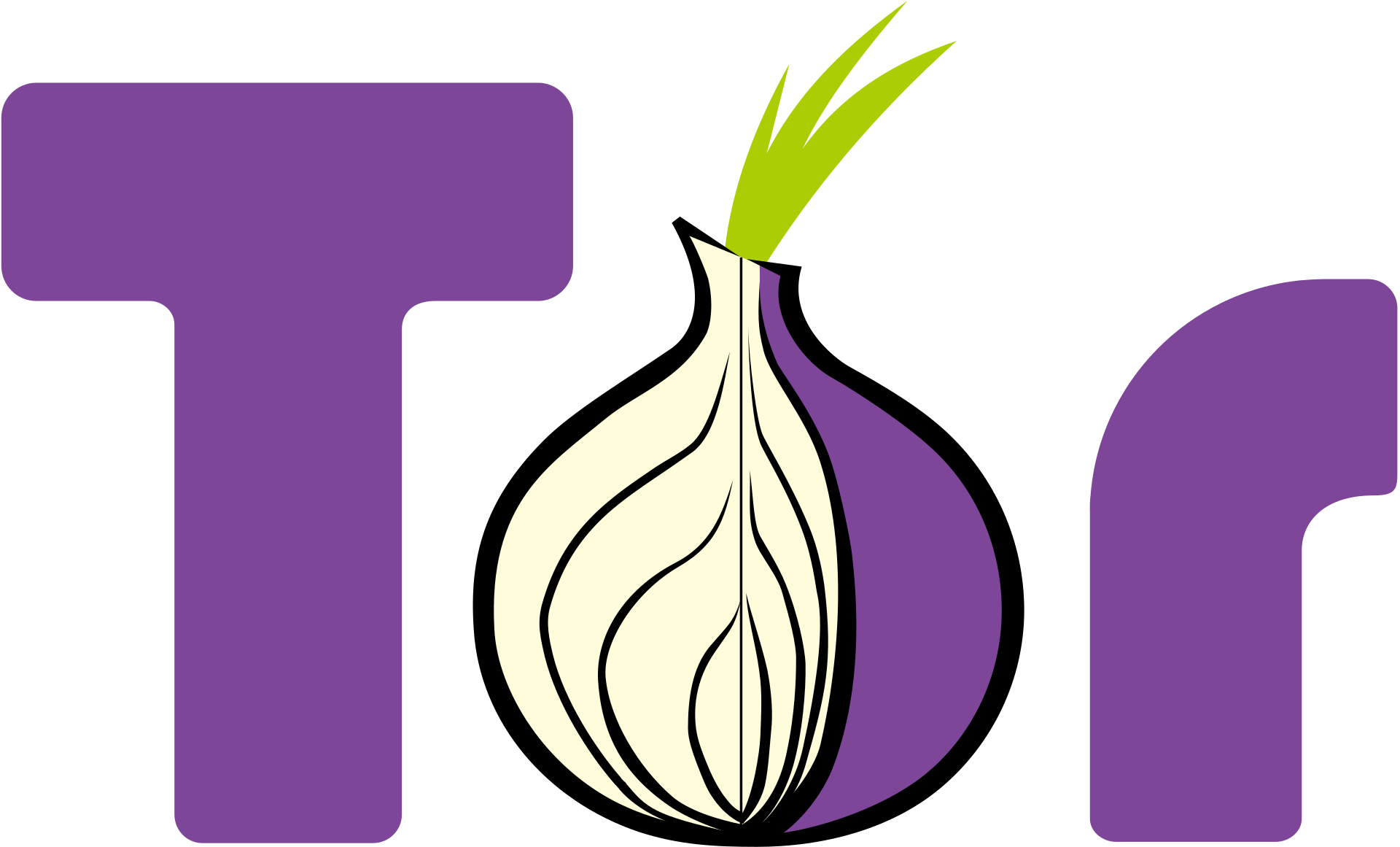Tor Hidden Service, now known as an "Onion Service," is a feature of the Tor (The Onion Router) network that allows users to run internet services in a way that hides the server's location and identity. These services use the ".onion" top-level domain and provide a high level of anonymity and privacy for both the service provider and the users.

Key Features of Tor Hidden Services:
Anonymity:
- The server's location is hidden. Instead of revealing the IP address of the server, it is hidden behind several layers of Tor nodes, making it extremely difficult to trace the physical location of the server.
End-to-End Encryption:
- Connections to onion services are encrypted end-to-end. This means that data is encrypted from the user to the service, providing confidentiality and integrity.
Access Control:
- Onion services can restrict access to authorized users by implementing access control mechanisms, enhancing privacy and security.
Untraceable Communication:
- Users connecting to onion services also remain anonymous. The service cannot trace the user's IP address, and the communication is routed through multiple nodes in the Tor network.
Decentralization:
- Unlike traditional DNS, which relies on a centralized authority, the ".onion" addresses are generated cryptographically and do not require a central registrar. This reduces the risk of censorship and domain seizure.
Resilience to Attacks:
- Due to the hidden nature of the server's location and the multiple layers of routing, onion services are more resilient to DDoS attacks and other forms of cyber-attacks aimed at taking the service offline.
How Tor Hidden Services Work:
Service Setup:
- A server administrator configures the service to be accessible as an onion service by setting up a Tor node on their server.
Service Descriptor:
- The Tor node creates a unique cryptographic key pair for the service. It then generates a "service descriptor," which includes the public key and information on how to connect to the service. This descriptor is published on the distributed hash table (DHT) within the Tor network.
Client Connection:
- When a user wants to access the service, their Tor client retrieves the service descriptor from the DHT. Using this information, the client establishes a circuit through several Tor nodes to reach the hidden service, ensuring multiple layers of encryption and routing.
Rendezvous Point:
- The client and the hidden service agree on a "rendezvous point" within the Tor network. The client connects to this rendezvous point, and the service does the same, completing the connection without either party knowing the other's IP address.
Applications of Tor Hidden Services:
Anonymous Websites:
- Websites that want to offer anonymous browsing and services, such as forums, whistleblowing platforms, or privacy-focused social networks.
Secure Communications:
- Messaging services, email providers, and other communication platforms that prioritize user privacy and security.
E-commerce:
- Online marketplaces that require anonymity for both buyers and sellers.
Cryptocurrency Services:
- Platforms that deal with cryptocurrencies, ensuring transactions and user identities remain anonymous.
Tor Hidden Services provide a robust mechanism for maintaining privacy and anonymity on the internet, making them crucial for individuals and organizations